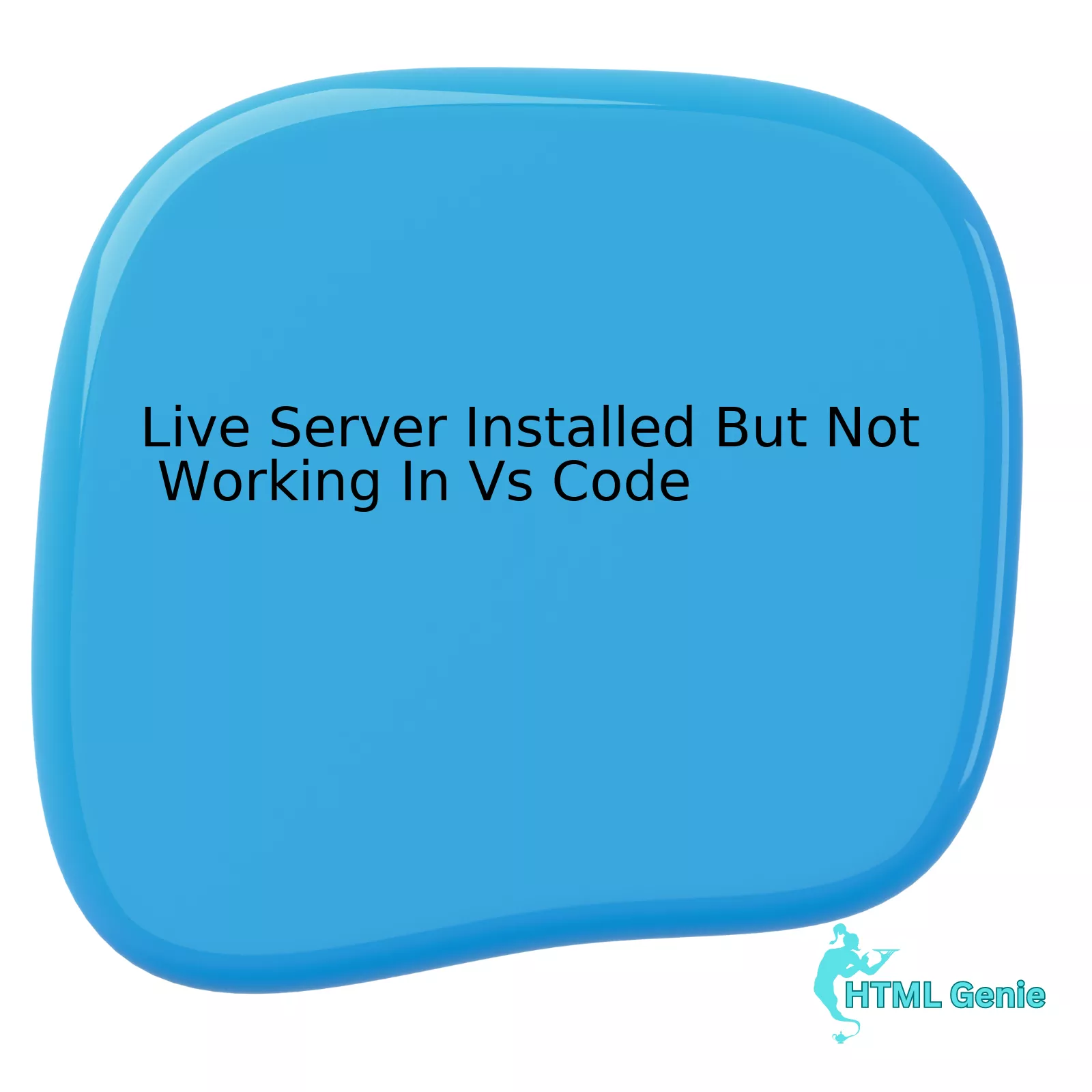Introduction: The Evolution of the Digital Canvas
The philosophy of web layout has undergone a radical transformation over the last decade. In the early days of the internet, Web Design was treated much like print design—static, rigid, and absolute. Developers relied on HTML Tables and pixel-perfect positioning to force browsers into submission. However, as the device landscape exploded from desktop monitors to smartphones and tablets, the need for fluidity became paramount. Today, Web Layout is no longer about placing elements on a fixed canvas; it is about defining relationships between content, containers, and the viewport.
Modern Frontend Development requires a deep understanding of how the browser rendering engine interprets code. It is not enough to draw a box on a screen; developers and designers must understand the underlying mechanics of CSS Flexbox and CSS Grid to create interfaces that are robust, accessible, and responsive. The distinction between visual design tools and actual code is blurring. The most effective layouts are built with “real CSS” logic in mind—understanding flow, axis, and wrapping—rather than arbitrary positioning. This article serves as a comprehensive HTML CSS Tutorial and analysis of modern layout techniques, exploring how Semantic HTML and Modern CSS converge to create the web of today.
Section 1: The Foundation – Semantic HTML and the Document Flow
The Role of HTML Structure in Layout
Before a single line of styling is applied, the layout begins with the structure. HTML Structure is the skeleton upon which all visual design hangs. A common pitfall in Frontend Web development is rushing to CSS without establishing a solid HTML foundation. Using HTML Semantic elements—such as <header>, <nav>, <main>, <article>, and <footer>—provides the browser with context about the content. This is not merely for code readability; it is a cornerstone of Web Accessibility and W3C Standards.
When we utilize proper HTML Tags and HTML Elements, we are defining the natural “flow” of the document. By default, block-level elements stack vertically, and inline elements flow horizontally. Mastering layout requires respecting this natural flow before manipulating it. For instance, HTML Forms and HTML Tables have distinct default behaviors that must be understood before applying CSS Styling. A robust layout strategy starts with a document outline that makes sense even when styles are disabled.
Accessibility and ARIA Integration
UI Design and UX Design are incomplete without considering users who rely on assistive technologies. A visually complex layout that uses <div> soup (nested divs with no semantic meaning) creates a navigational nightmare for screen readers. HTML Best Practices dictate the use of ARIA Labels only when native semantics are insufficient. For example, a navigation bar should be wrapped in a <nav> tag rather than a generic div with a class of “nav.” This ensures that the layout logic translates to the accessibility tree, allowing users to jump between layout regions efficiently.
The Box Model and Display Properties
At the heart of all Web Layout is the CSS Box Model. Every element on a web page is a rectangular box comprising margins, borders, padding, and content. Understanding how CSS Properties like box-sizing: border-box; affect the calculation of width and height is critical. Without this, Responsive Design becomes a mathematical headache. The transition from display: block to modern layout modes like display: flex or display: grid represents a shift from manipulating the box itself to manipulating the space between and around the boxes.
Section 2: The Layout Engines – Flexbox vs. Grid
CSS Flexbox: The Master of One Dimension

CSS Flexbox (Flexible Box Layout) revolutionized UI Design by solving a problem that plagued developers for years: vertical centering and equal-height columns. Flexbox is a one-dimensional layout method, meaning it excels at laying out items in a single row or a single column. It is the “real CSS” implementation of what design tools often refer to as “auto layout.”
In a CSS Tutorial context, Flexbox is essential for component-level layout. It manages the distribution of space along a main axis and a cross axis. Key CSS3 Features within Flexbox include:
- Justify-content: Controls alignment along the main axis (e.g., distributing navigation links).
- Align-items: Controls alignment along the cross axis (e.g., centering text vertically inside a button).
- Flex-wrap: Allows items to flow onto multiple lines, a key component of Responsive Design.
Flexbox pushes content around. If you add more text to a flex item, the other items adjust to accommodate it. This content-first approach makes it ideal for navigation bars, card components, and HTML Email layouts where content length is unpredictable.
CSS Grid: The Two-Dimensional Powerhouse
While Flexbox handles the flow of content, CSS Grid handles the structure of the page. It is the first CSS module created specifically to solve the layout problems we used to solve with hacks like floats and positioning. Grid operates in two dimensions simultaneously—rows and columns. It allows developers to define a rigid structure (the grid) and place items into specific cells or span them across multiple tracks.
CSS Grid introduces powerful concepts like grid-template-areas, which allows for a visual representation of the layout directly in the code. This aligns perfectly with Web Design mockups. For example, you can define a layout where the sidebar takes up 25% of the width and the main content takes 75%, while the header spans the full width. If Flexbox is about content pushing layout, Grid is about layout constraining content. It is the definitive tool for overall Page Layout.
Combining the Two for Modern UI
The debate is rarely “Flexbox vs. Grid,” but rather how to combine them. A common Modern CSS pattern involves using CSS Grid to define the macro-layout of the page (Header, Sidebar, Main, Footer) and using CSS Flexbox to align the micro-elements within those regions (navigation links, search bars, form inputs). This hybrid approach leverages the strengths of both systems, resulting in code that is cleaner, more maintainable, and aligned with Web Standards.
Section 3: Implications for Responsive and Scalable Design
Mobile-First Design and Media Queries
Mobile-First Design is not just a buzzword; it is a technical workflow. It involves writing CSS Styling for the smallest screens first and then using CSS Selectors inside media queries to enhance the layout for larger screens. This approach reduces code complexity and improves performance on mobile devices. With the advent of CSS Grid and Flexbox, media queries are often used less for reshaping every pixel and more for changing the layout direction (e.g., switching a flex container from column to row).
Fluid Typography and Modern Units
Responsive Design has moved beyond simple breakpoints. Modern CSS utilizes fluid typography and viewport units (vw, vh, dvh) to create layouts that scale smoothly. Functions like clamp(), min(), and max() allow developers to set boundaries for element sizes without strict media queries. This fluidity ensures that a Landing Page looks great not just on an iPhone and a desktop, but also on the infinite variations of tablet sizes and split-screen modes in between.
The Role of CSS Variables and Preprocessors

As layouts become more complex, maintaining consistency becomes a challenge. CSS Variables (Custom Properties) have become a game-changer for Frontend Development. They allow developers to define spacing units, grid gaps, and color schemes in one place and reuse them throughout the stylesheet. This is native to the browser and updates in real-time, unlike CSS Preprocessors like SASS or LESS, which compile at build time.
However, tools like SASS and PostCSS still play a vital role. They enable nesting, mixins, and modular file structures that make managing large-scale Web Layout systems feasible. When combined with CSS Frameworks like Tailwind CSS, which utilizes a utility-first approach, developers can rapidly prototype layouts by applying pre-defined classes that map directly to CSS properties. This shifts the workflow from writing custom CSS for every component to composing layouts using a standardized design system.
Section 4: Pros, Cons, and Strategic Recommendations
Frameworks vs. Native CSS
A critical decision in any project is whether to use a CSS Framework like Bootstrap, Foundation, or Material Design, or to rely on native CSS.
Pros of Frameworks:
- Speed: Rapid prototyping with pre-built grid systems and components.
- Consistency: Ensures a uniform look and feel across the application.
- Cross-browser compatibility: Handles vendor prefixes and browser quirks automatically.
Cons of Frameworks:

- Bloat: Importing massive libraries can hurt load times if not tree-shaken properly.
- Rigidity: Overriding framework defaults can lead to “fighting the framework” and messy code.
- Generic Look: Without heavy customization, sites can look indistinguishable from others using the same tool.
Recommendation: With the maturity of CSS Grid and Flexbox, the dependency on heavy grid frameworks like Bootstrap is diminishing. For custom UI Design, using Tailwind CSS or writing modern, native CSS often yields better performance and cleaner markup than legacy frameworks.
CSS-in-JS and Component Architecture
In the era of React, Vue, and Angular, CSS-in-JS libraries like Styled Components have gained popularity. This approach scopes styles to specific components, preventing global namespace collisions. It treats layout as a function of state, allowing for dynamic styling based on props. While this offers excellent developer experience (DX), it introduces a runtime overhead. Developers must weigh the benefits of component modularity against the performance cost of injecting styles via JavaScript.
The “True to the Web” Philosophy
The most significant insight for modern designers and developers is that the web is not a static image. Design tools that simulate “auto layout” are essentially mimicking CSS Flexbox. The closer the design workflow mirrors the actual CSS implementation, the smoother the handoff. Developers should advocate for design systems that define spacing, typography, and layout behavior in terms of CSS variables and flex properties. This ensures that what is designed is “true to the web”—fluid, accessible, and resilient.
Conclusion
Mastering Web Layout today requires more than memorizing HTML Tags or CSS Tricks. It demands a holistic understanding of the medium. From the semantic foundation of HTML5 Features to the architectural power of CSS Grid and the fluidity of CSS Flexbox, every decision impacts the user experience. The convergence of design logic and code logic is complete; layout is no longer about positioning pixels, but about defining rules for how content interacts with the viewport.
As we look toward the future with upcoming features like Container Queries and Subgrid, the granularity of control will only increase. Whether you are building complex Web Applications, responsive Landing Pages, or accessible HTML Email templates, the principles remain the same: respect the document flow, embrace fluidity, and write code that is semantic and accessible. By leveraging Modern CSS and HTML Best Practices, developers can create digital experiences that are not only visually stunning but also robust, scalable, and truly native to the web.


